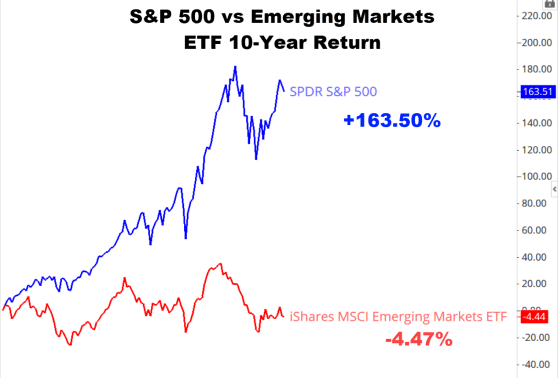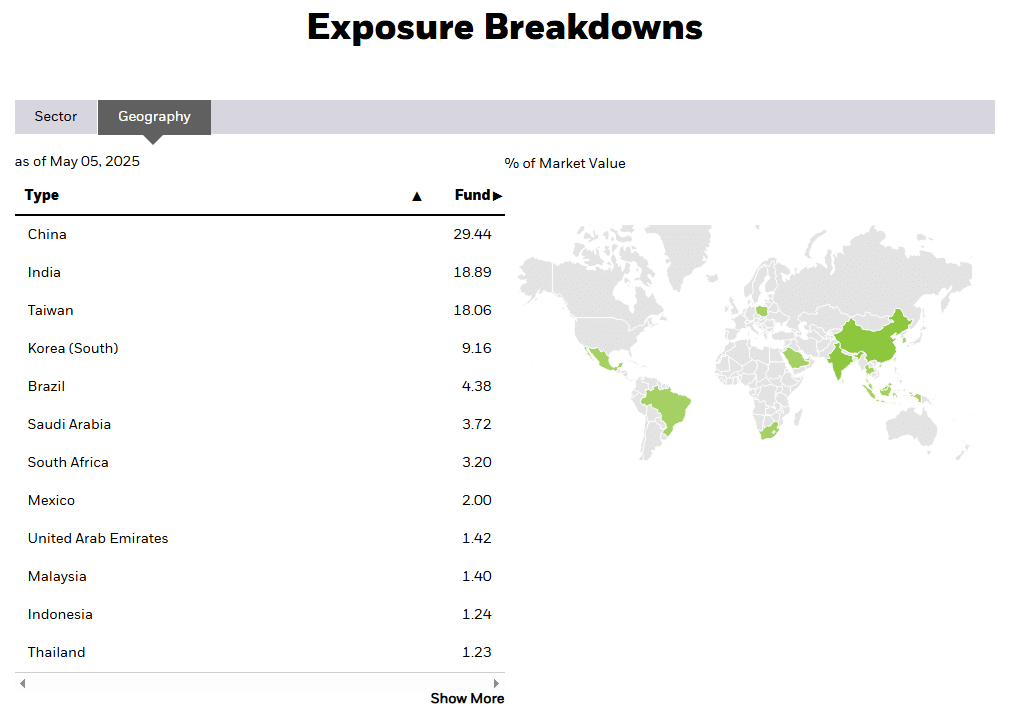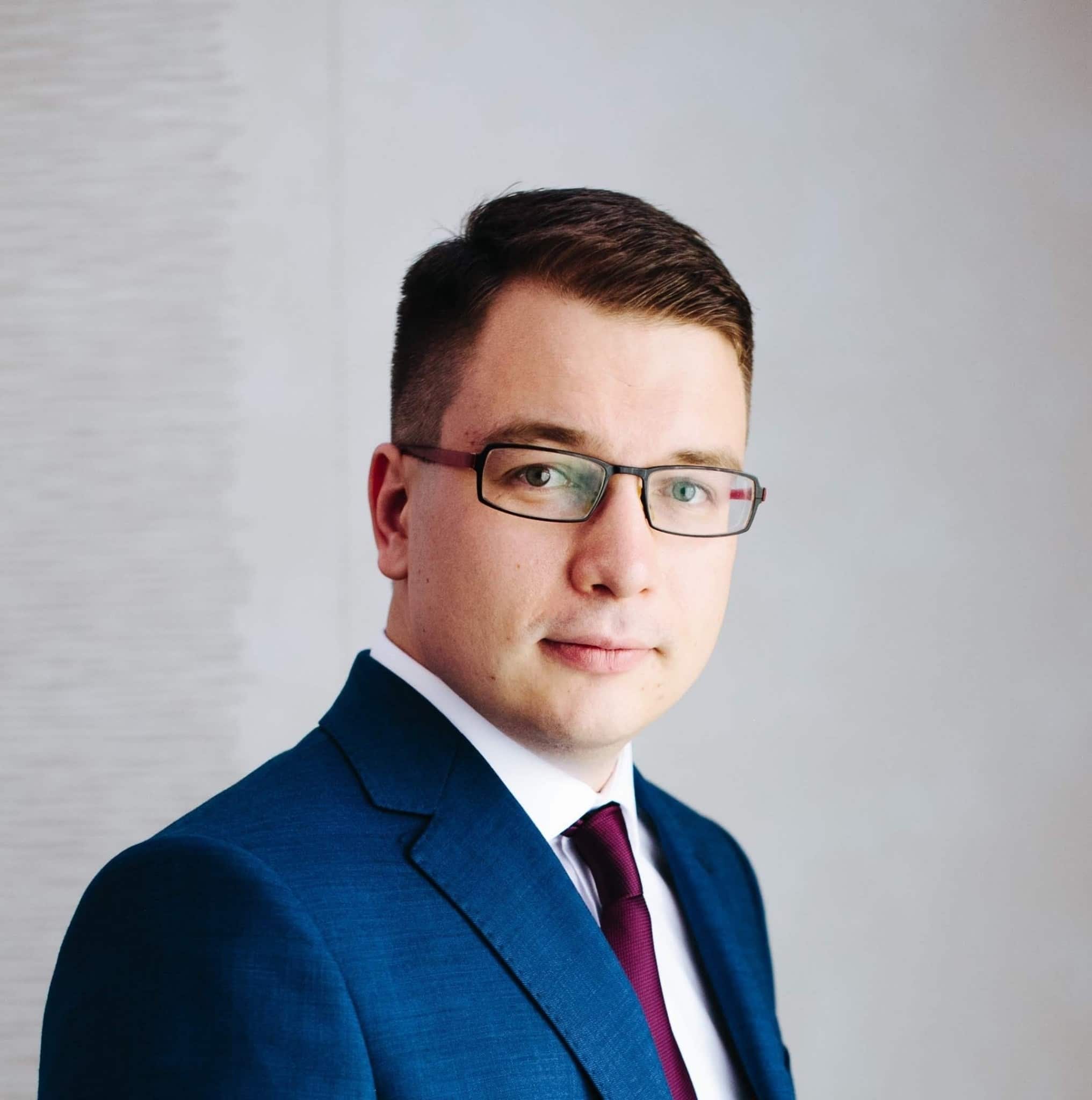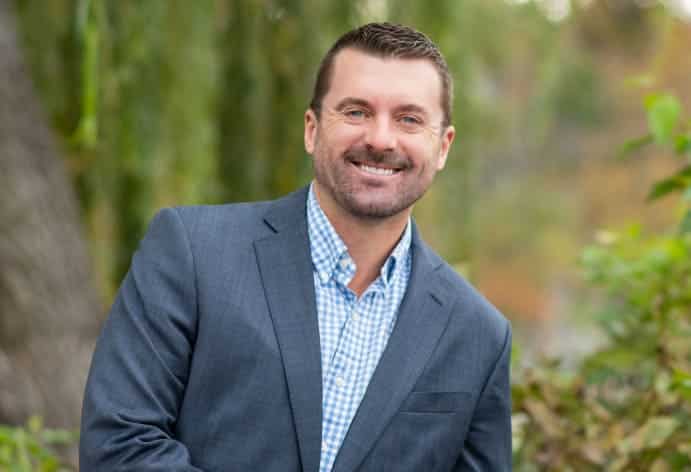As you can see above, the longer the investment horizon the fewer stocks outperform the benchmark. You have to know what you own and constantly review your holdings to adapt to the ever-changing economy.
In summary, we have reviewed many account statements of clients whose money managers simply put them in a wide range of mutual funds that are ‘diversified’ and have done well in the past. When speaking to prospects we encourage them to challenge their current wealth manager to produce performance reports and if they actually know what stocks are held within the ‘past-performing’ mutual funds. Rarely do they get a satisfactory response. So in essence you are paying your money manager, who is paying a mutual fund manager (with your money), to buy stocks and he doesn’t know what he’s buying for you? I’m sure you see the issue.
Automation
In summary, we have reviewed many account statements of clients whose money managers simply put them in a wide range of mutual funds that are ‘diversified’ and have done well in the past. When speaking to prospects we encourage them to challenge their current wealth manager to produce performance reports and if they actually know what stocks are held within the ‘past-performing’ mutual funds. Rarely do they get a satisfactory response. So in essence you are paying your money manager, who is paying a mutual fund manager (with your money), to buy stocks and he doesn’t know what he’s buying for you? I’m sure you see the issue.
A World Class Gameplan
Our Investment approach at Inside Edge Capital is based on the same approach a world-class ski racer will use. To prepare for the ski race season the racer will ensure they are equipped physically, mentally, and their equipment is the best available and tuned to perfection. When race day comes they have to have 100% confidence that they are fully prepared giving them the best chance of success. Before the race there is an inspection run where the racers slowly side slip down the course building a game plan for the up-coming race. When they are in the starting gate they have to trust that months of off-season preparation, along with the race day inspection of the course yields a battle plan for the upcoming race that lasts 2 minutes or less.
During the race the skier can reach speeds approaching 100 miles an hour. At those speeds the racer has to strongly rely on their game plan as there’s simply too much coming at him to process all variables at those speeds. Most of the racer’s turns are automatic based on the game plan. However, there will be variables that pop up during the race that could not be factored in ahead of time such as snow conditions, ruts, wind, dangerous turns, etc.. The racer has to account and adjust the game plan for those inevitable unforeseen variables to ensure the best chance of victory.
An investment plan is very similar. There are a ton of preparation steps that are taken ahead of time that go into an investment game plan. Many factors including economic and fundamental reports, technical levels, geopolitical events, individual investor risk tolerances, goals, and other various factors need to be accounted for and incorporated into the game plan before dollar one goes into the market. Because when the investment plan is deployed in the market, there will be those inevitable variables that arise that must be quickly accounted for and adapted into your game plan.
To paraphrase Charles Darwin in the Origin of Species, “It is not the most intellectual or strongest of the species that survives, but the species that is best able to adapt and adjust to the changing environment in which it finds itself.

Fees – What Are You Really Paying?
Consider that mutual funds charge you fees to buy, sell, or even hold the mutual funds. ETF’s also charge a ‘management fee’, many times less than that of a mutual fund. Are you paying your wealth manager who chooses mutual funds for you? In effect you’re paying your wealth manager to buy mutual funds run by portfolio managers who are also charging you to buy and sell stocks that usually just track the S&P 500. So you’re paying two different companies to pick stocks for you that usually just track the S&P 500. Why not do it yourself?!
Here’s a study of fees charged by mutual funds and ETF’s in 2021. The average equity mutual fund expense ratio was 0.47%. The average equity ETF expense ratio is 0.16%. The most famous Nasdaq 100 ETF, the QQQ, has a 0.20% fee. The EFA, one of the most popular international market ETFs that excludes the US and Canada, charges 0.33%.
We manage portfolios of individual equities that are thoroughly screened for technical and fundamental characteristics to even be considered for inclusion in the portfolio. There are no costs to buy, sell, or hold individual stocks. Our typical management fee is 1% or less year per year with no other hidden costs. We do all stock selection and management in house so we know what we own, and are not passing on any hidden costs to you.
Consider the possibility that you are paying a wealth manager 1% per year who places you in a group of ‘diversified’ mutual funds with a total expense of 0.50%. As Buffett says, diversification is protection against ignorance. So you’re paying 1.50% to underperform the averages. We feel investing in the averages is for the ‘average’ investor.
The White House Council of Economic Advisors issued a report that Americans lose more than $17 billion a year from ‘conflicted financial advice’. Many of the major banks, wire houses, broker dealers and even some fiduciaries will earn commissions on investment and insurance products they recommend and sell to you. Other possible hidden or embedded costs are transaction charges, commissions, platform and product fees, revenue share, soft dollar compensation etc. All of these hidden fees may seem insignificant and in the normal course of business, but they dilute your returns and when compounded year after year that adds up! We fight for every last percent return we can earn for our clients, which in time adds up!
Some managers charge flat fees for services. We do not believe in this model. We want to make more money only if YOU make more money. If your portfolio underperforms, we should be penalized. This applies to portfolio management and financial planning. Your wealth manager should be incentivized to grow your account value as much as possible via strategic planning, tax efficiencies, and portfolio growth. If a wealth manager gets paid regardless of what happens, where’s the incentive to continuously strive to do better?













